Nearly half of all fatal accidents on farms are caused by tractors and machinery. Since 2007, 95 people have lost their lives in accidents related to them.
These are the figures Pat Griffin stresses when he outlines the HSA’s aims. “Inspectors are not there to punish lads or catch them out. They are there to help farmers and advise them on how best to prevent an accident on their farm.”
The HSA is set to roll out 500 inspections on machinery and tractors this months.
Griffin outlines five things farmers and contractors should focus on for this round of inspections.
1 Planning and preparation
“I’d really encourage farmers to take some time and sit down and plan out any major job that has to be done,” Griffin advises. “When it comes to silage, whether you are doing it yourself or getting a contractor to carry out the work, it is important to identify potential hazards and to plan around them. “
“It starts as simple as what has to be done – where the fields are, what is the route back to the yard and who are the drivers or workers involved.”
Griffin is also keen to stress that a system is implemented in the yard. “Minimising the amount of reversing to be done is one of the best ways to prevent accidents. It is also important that kids are not in an area where they are at risk of being struck by a machine.”
2 Pits and bagged silage
“I’ve had contractors complain in the past about farmers trying to overfill pits. A good understanding about what the pit’s capacity is can help prevent things such as the collapse of retaining walls or a machine tipping over the edge of a pit. With added height comes added risk.”
Pat also wants people to place emphasis on stacking bales correctly. “Nine people have been killed in the last 10 years by falling bales. Taking extra time now can make stacks safer for the next year. Bales should be stacked no more than three high, in a pyramidal shape, chocked at the bottom and on solid ground. All this can prevent the stack collapsing down the line.”
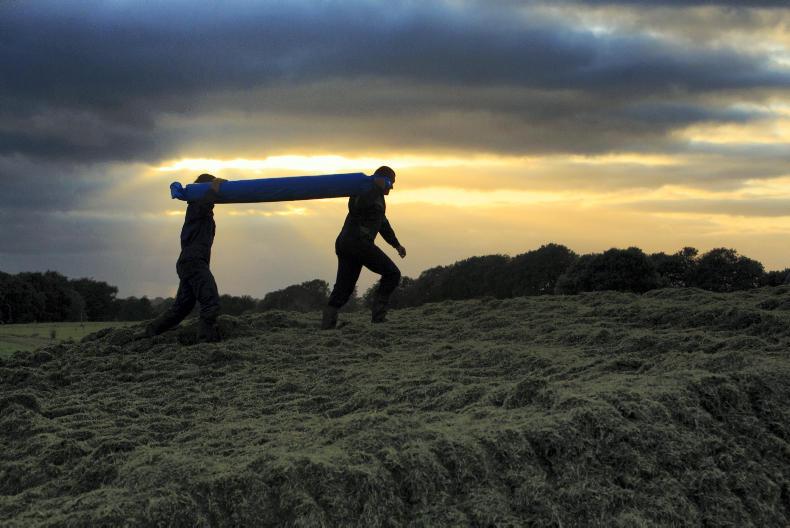
3 Fatigue
It is not uncommon, when silage season takes full swing, for contractors and their workers to do upwards of 14 hours a day. Studies have shown that when someone works two 14-hour shifts in a row they are far more likely to make mistakes which can lead to accidents. Griffin encourages contractors to aim for 10-hour shifts. “Even if it means taking on an extra few drivers, it could make all the difference. Rested drivers can spot hazardous situations quicker than one too tired to be fully aware of their surroundings.”
4 Crush zones
One area Griffin wants farmers to pay particular attention to is crush zones. “Fifty-six percent of all tractor deaths are due to crushing. Therefore, in areas such as between a tractor and a wall or attachment, farmers should be taking extra care. That’s where a good plan can really save lives.”
When these crush zones are identified and people are aware of them, precautionary measures can be taken.
5 PTOs
A shocking statistic to emerge from the recent HSA inspections carried out in March was that 42% of all PTOs were not guarded or were defective. Inspectors will be particularly keen to ensure all farm PTOs are up to scratch and fitted with the appropriate guards. As Griffin points out: “When these measures are taken, PTOs go from being seriously hazardous and life-threatening to harmless.”
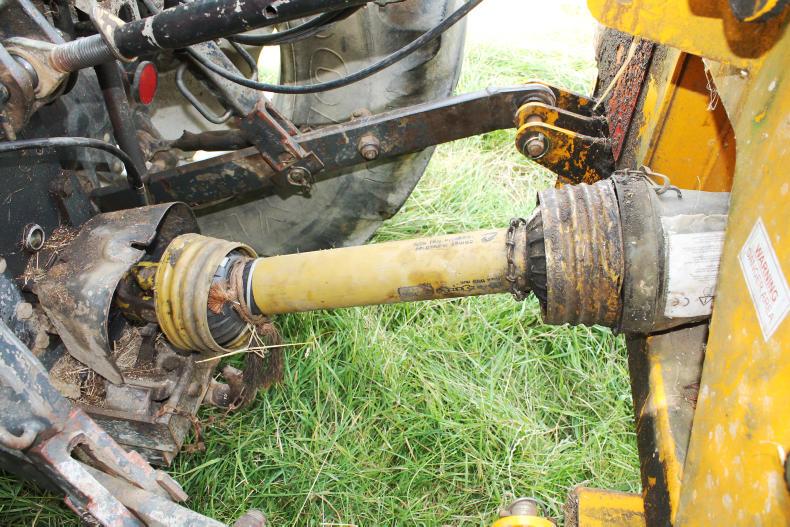
Read more
Full coverage: farm safety
Nearly half of all fatal accidents on farms are caused by tractors and machinery. Since 2007, 95 people have lost their lives in accidents related to them.
These are the figures Pat Griffin stresses when he outlines the HSA’s aims. “Inspectors are not there to punish lads or catch them out. They are there to help farmers and advise them on how best to prevent an accident on their farm.”
The HSA is set to roll out 500 inspections on machinery and tractors this months.
Griffin outlines five things farmers and contractors should focus on for this round of inspections.
1 Planning and preparation
“I’d really encourage farmers to take some time and sit down and plan out any major job that has to be done,” Griffin advises. “When it comes to silage, whether you are doing it yourself or getting a contractor to carry out the work, it is important to identify potential hazards and to plan around them. “
“It starts as simple as what has to be done – where the fields are, what is the route back to the yard and who are the drivers or workers involved.”
Griffin is also keen to stress that a system is implemented in the yard. “Minimising the amount of reversing to be done is one of the best ways to prevent accidents. It is also important that kids are not in an area where they are at risk of being struck by a machine.”
2 Pits and bagged silage
“I’ve had contractors complain in the past about farmers trying to overfill pits. A good understanding about what the pit’s capacity is can help prevent things such as the collapse of retaining walls or a machine tipping over the edge of a pit. With added height comes added risk.”
Pat also wants people to place emphasis on stacking bales correctly. “Nine people have been killed in the last 10 years by falling bales. Taking extra time now can make stacks safer for the next year. Bales should be stacked no more than three high, in a pyramidal shape, chocked at the bottom and on solid ground. All this can prevent the stack collapsing down the line.”

3 Fatigue
It is not uncommon, when silage season takes full swing, for contractors and their workers to do upwards of 14 hours a day. Studies have shown that when someone works two 14-hour shifts in a row they are far more likely to make mistakes which can lead to accidents. Griffin encourages contractors to aim for 10-hour shifts. “Even if it means taking on an extra few drivers, it could make all the difference. Rested drivers can spot hazardous situations quicker than one too tired to be fully aware of their surroundings.”
4 Crush zones
One area Griffin wants farmers to pay particular attention to is crush zones. “Fifty-six percent of all tractor deaths are due to crushing. Therefore, in areas such as between a tractor and a wall or attachment, farmers should be taking extra care. That’s where a good plan can really save lives.”
When these crush zones are identified and people are aware of them, precautionary measures can be taken.
5 PTOs
A shocking statistic to emerge from the recent HSA inspections carried out in March was that 42% of all PTOs were not guarded or were defective. Inspectors will be particularly keen to ensure all farm PTOs are up to scratch and fitted with the appropriate guards. As Griffin points out: “When these measures are taken, PTOs go from being seriously hazardous and life-threatening to harmless.”

Read more
Full coverage: farm safety






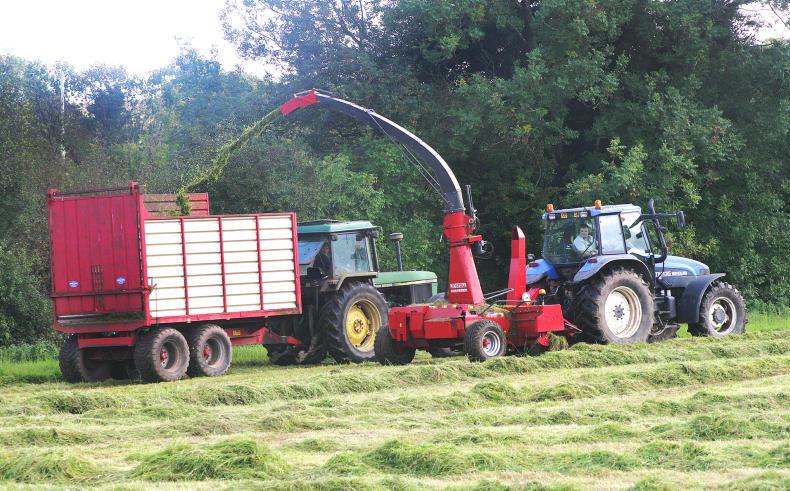
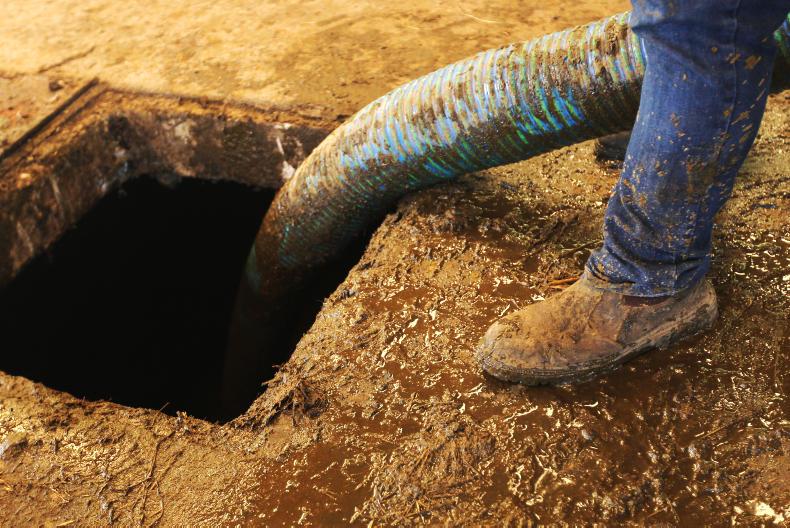

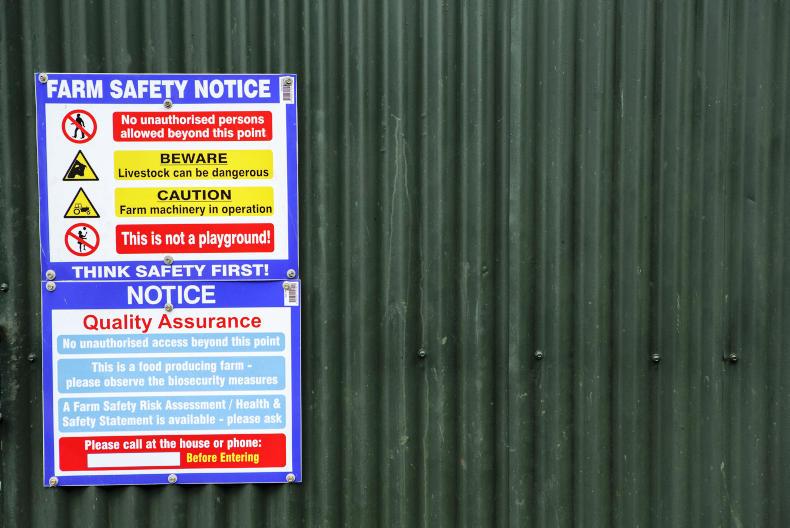
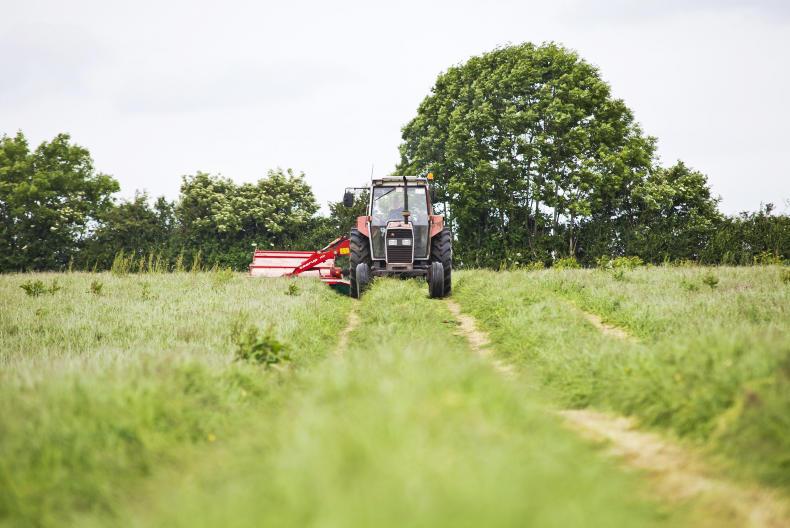
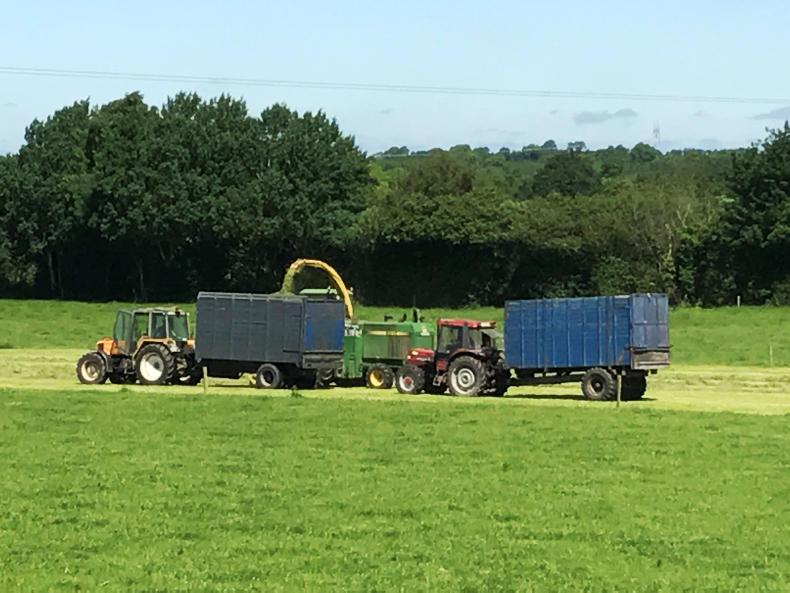
SHARING OPTIONS